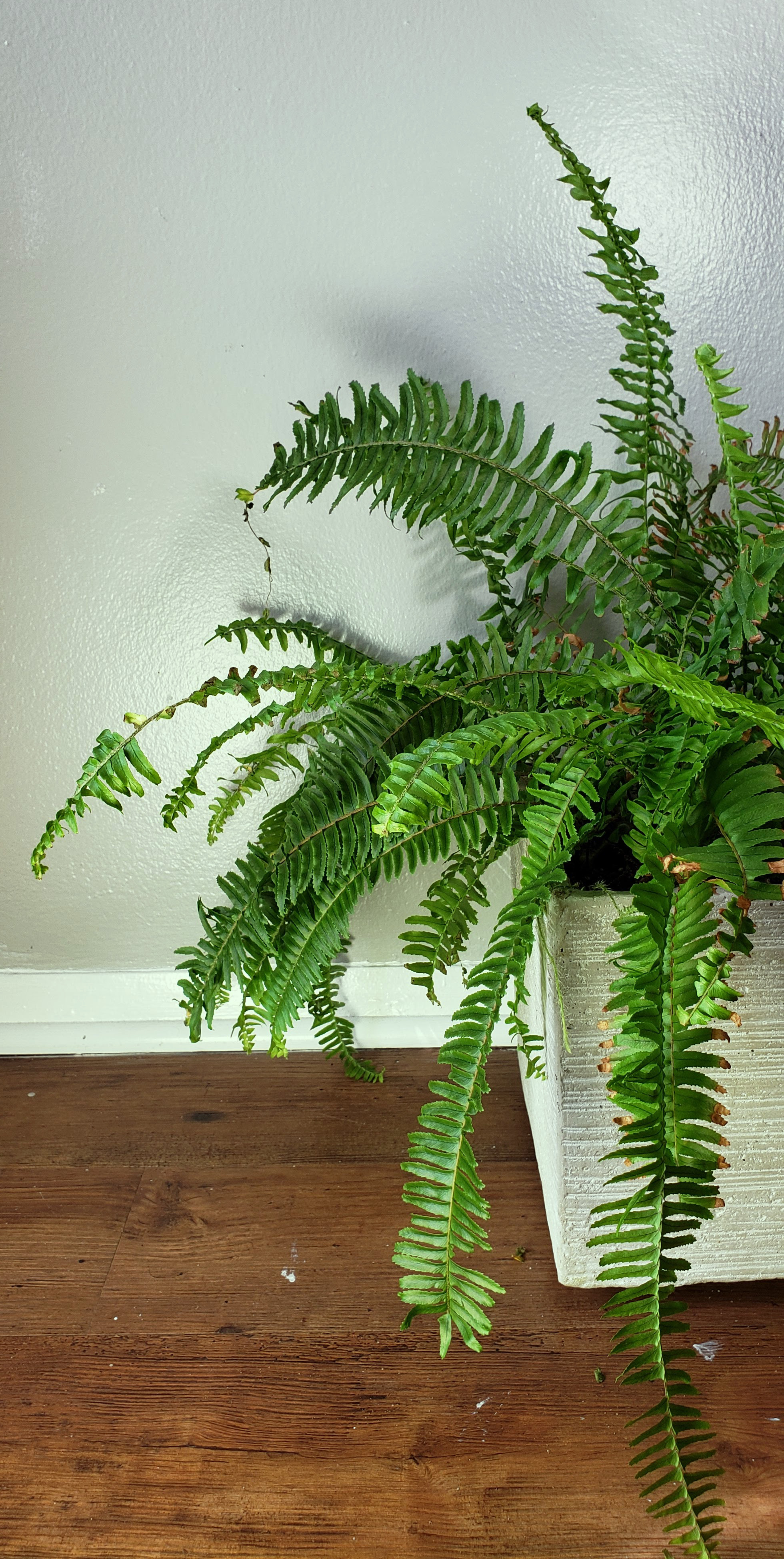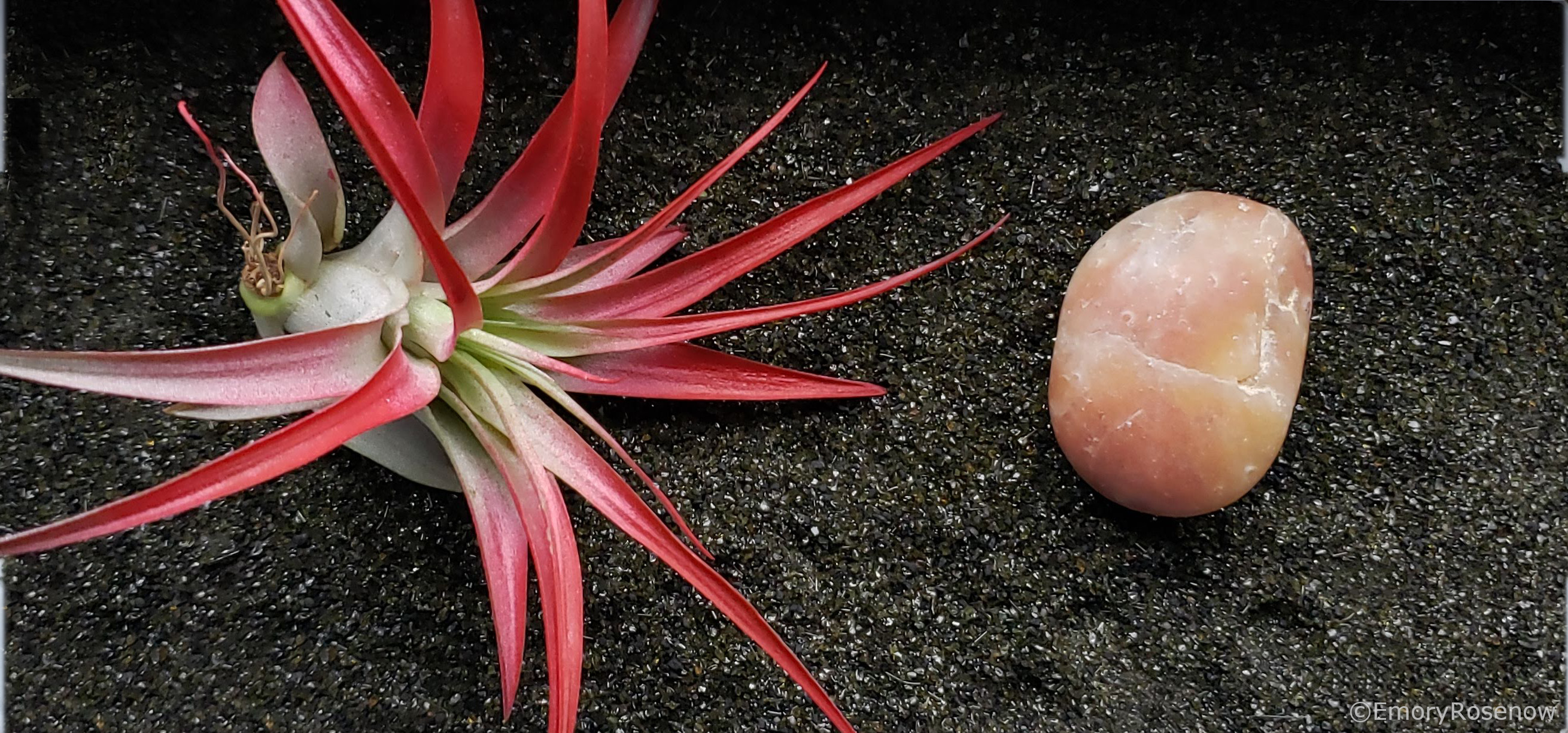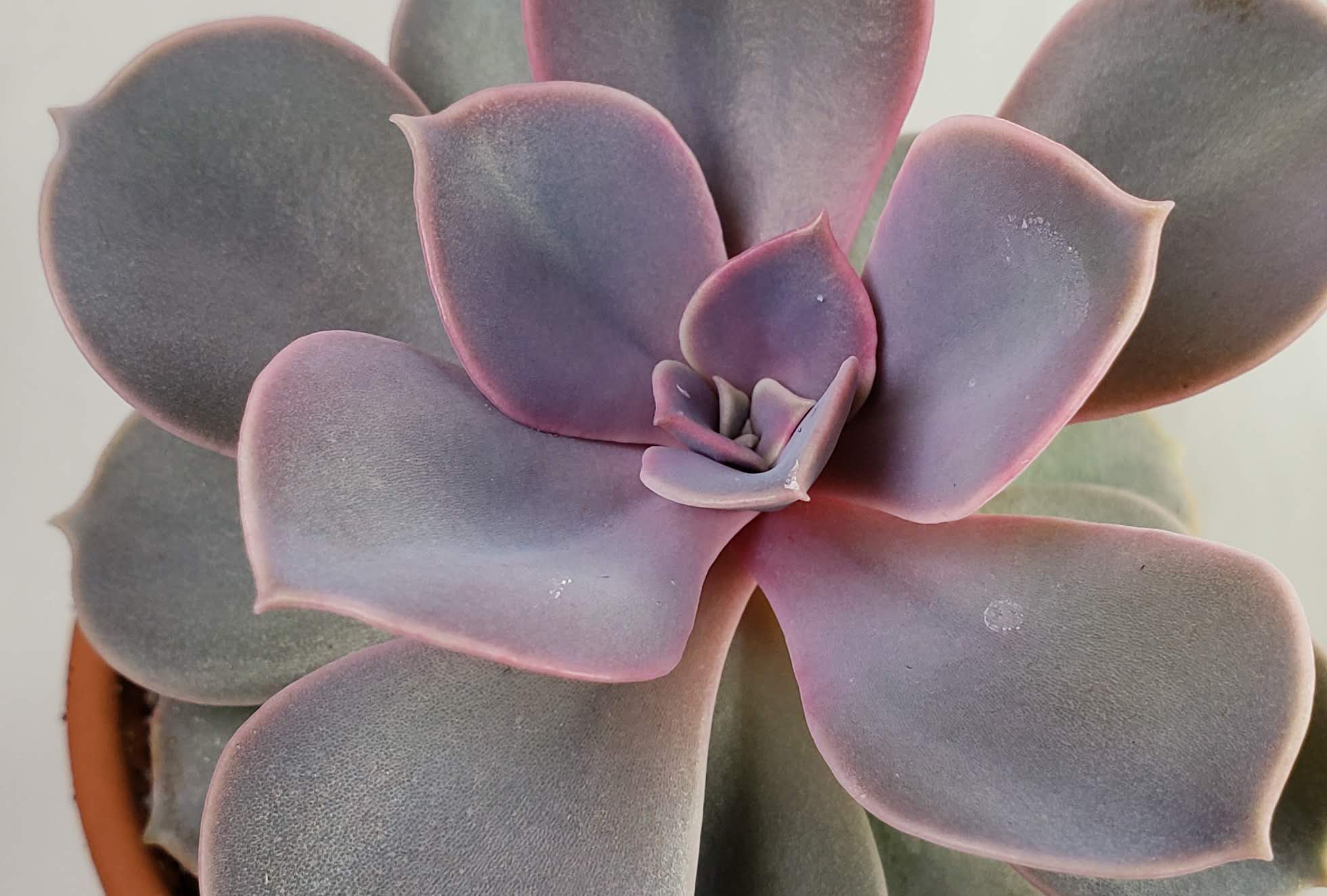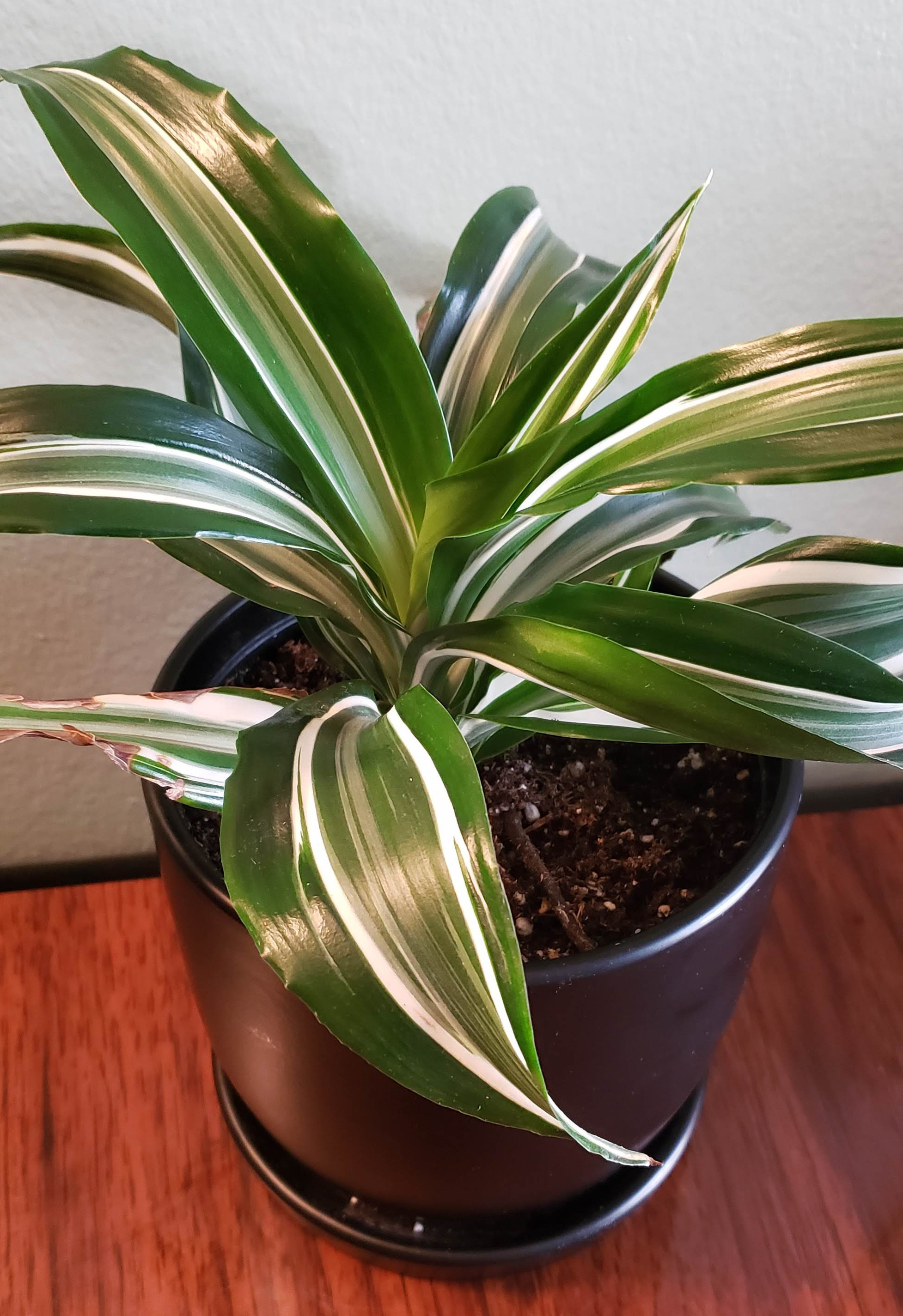Meet Fred, a Boston Fern! This is a series of plant profiles based on the houseplants in my collection. For each, I’ll take you through some basic plant facts and care information (jump to) based on my research and personal experience!
The Science Stuff
Fred’s scientific name is Nephrolepis exaltata “Bostonienses,” a subset of sword ferns. He is native to the tropical regions of the Americas, including the West Indies. Nephrolepis ferns can grow both terrestrially and as an epiphyte, meaning they’re happy growing in soil like a “normal” plant or they can attach themselves to another plant, usually a tree. Some other common epiphytes are Spanish moss and many species of orchids. They can derive the necessary water and nutrients from the air and rain, which means they are not parasitic and do not harm their host plant!

A runner looking for new territory 
New growth from a runner; root crown is visible in the background
Most ferns reproduce through spores, but “Bostoniensis” is a slight mutation of N. exaltata and its spores are often too unstable to be viable. Instead they are propagated by dividing the root ball or separating off the runners once they have rooted and become established.

Fred is a couple years old, and currently recovering from a rough winter. Thankfully, Boston ferns are some of the hardiest ferns, and they’re happy to come back even from the brink of death! They are popular in hanging baskets or on ledges, where the fronds can trail over picturesquely. While they can be grown outdoors when it’s warm, Boston ferns love being houseplants in more temperate climates. They are also efficient air cleaners!
Boston ferns are non-toxic for cats and dogs.
Boston Fern Care

While Boston ferns are not the most easy-care houseplants, they are relatively forgiving of mistakes!
- Water: Keep the soil consistently moist but not saturated. It can take less water in the winter, waiting until the surface soil is dry. For best results, use room-temperature rain or filtered water.
- Light: While not a full-sun plant, Boston ferns like bright indirect light with some limited direct sun. They will not do well in full shade.
- Temperature: Remember that this is a tropical plant! Stay around room temperature (60–80°F/16–26°C). Having some day/night temperature fluctuation can actually promote growth, but make sure it stays above 50°F/10°C.
- Humidity: This is probably the biggest issue for these ferns. They prefer to be at or above 80% humidity with no drafts, so regular misting is important!
- Food: Feed your Boston fern every month or so in the growing season with normal strength plant food. You can back off in the winter when you also back off on watering.
- Container: Choose a container that will help retain water, such as plastic or glazed ceramic. Repot in a moisture-retaining potting medium and only when it is completely root bound, and make sure the root crown is exposed to air to prevent rotting. It can be helpful to double pot these ferns with a pad of sphangum moss between the containers to help retain moisture, especially in hot (outdoor) conditions.
Fred Success!

I’ve made some mistakes with Fred, but he’s recovering well. You’ll note that he is still in a too-large container, but with some love he’s quickly growing into it! He still has some older fronds that need pruning (the ones with the brown leaf tips), which will also help promote new growth. Now he’s in a brighter, less drafty area, and I have high hopes that this winter will be less stressful than last!




